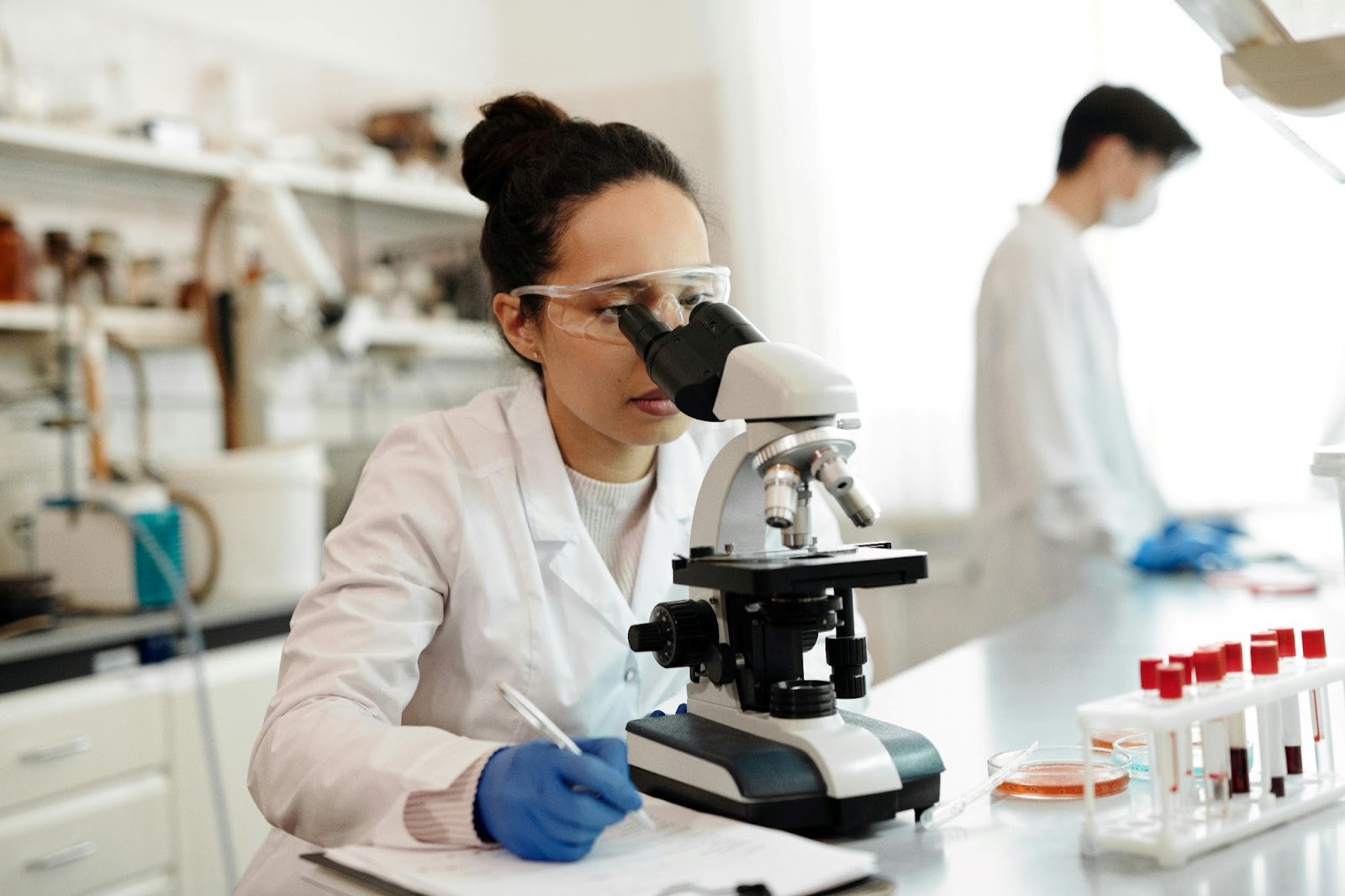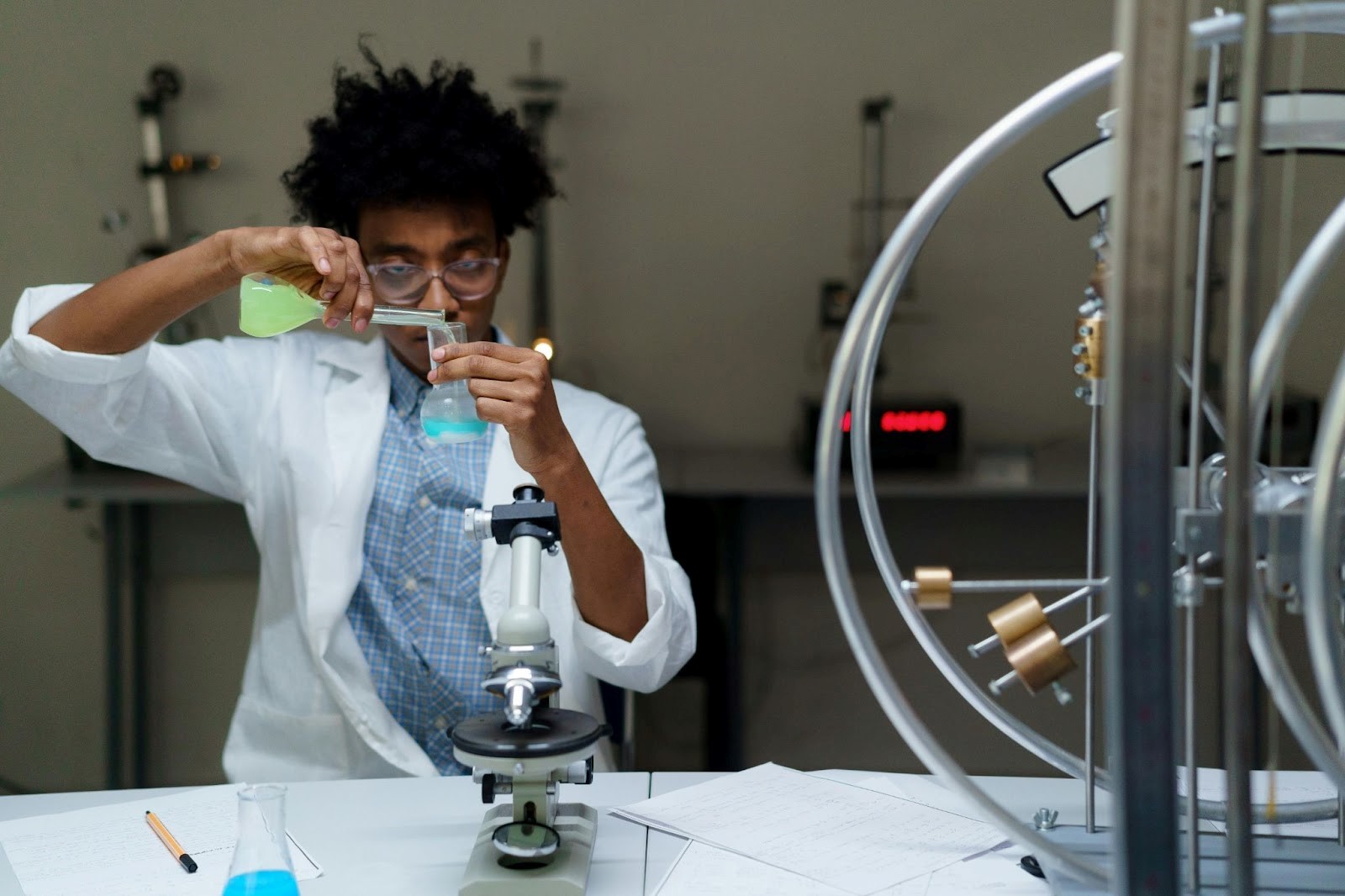
Medical diagnostics have come a long way from the days when doctors had to rely on what they could see or feel with their hands and a few basic tools. Now, we’ve got cutting-edge tech that lets us peek inside the body like never before. One of the coolest advancements out there? Fluorescence microscopes.
These microscopes are a game-changer. They let doctors and researchers zoom in on tiny details—like specific parts of a cell—that used to be impossible to spot. Whether it’s bacteria, viruses, or even cancer cells, a fluorescence microscope can light them up and make them stand out. That means faster, more accurate diagnoses, and it’s opening up a whole new world in medicine.

What Is Fluorescent Microscopy?
Fluorescent microscopy is this neat trick where you use special dyes—called fluorophores—to tag certain parts of a cell or tissue. Shine the right kind of light on them, and those dyes start glowing. That glow makes it super easy to see whatever you’ve tagged.
The microscope itself is pretty clever, too. It’s got filters and special lights that cut out everything except that glowing fluorescent signal. So, the stuff you care about pops against the background, way clearer than what you’d get with a regular microscope. It’s like switching from black-and-white to 4k TV.
Applications in Medical Diagnostics
One of the biggest ways fluorescence microscopes shine is in figuring out what’s making someone sick. They can spot bacteria or viruses in a sample fast—like with tuberculosis or malaria. No more waiting around for days while a culture grows in a lab; you get answers sooner.
Cancer detection is another big win. Doctors can use fluorescent markers that latch onto cancer cells and nothing else. Under the microscope, those cells light up, making it way easier to catch cancer early when it’s more treatable.
Then there’s genetics. Ever heard of FISH? It’s short for Fluorescence In Situ Hybridization, and it’s a technique that uses these microscopes to check out chromosomes. It can spot DNA glitches tied to genetic disorders or mysterious illnesses, helping doctors piece together what’s going wrong.
Advantages Over Traditional Methods
What’s so great about these microscopes is how sensitive they are. They can pick up the tiniest traces of something—like a disease just starting to brew, before you’d even feel sick. That’s huge for catching things early.
They also let you watch living cells in action. Want to see how a virus sneaks into a cell or how cancer spreads? Fluorescence microscopes can show you that live, which older microscopes just couldn’t do.
Plus, you can tag multiple things at once with different colors. Imagine tracking a bunch of players on a field by giving them each a bright jersey—same idea. It’s a time-saver and gives you a fuller picture of what’s happening inside the body.
Real-World Impact
Hospitals are already putting these tools to work. Some labs use them to nail down infections fast, so doctors can jump on the right treatment sooner. That speed can make all the difference for patients.
In cancer care, they’re helping doctors analyze biopsies better. Pathologists can figure out if a tumor’s likely to be trouble or not, which guides the treatment plan. It’s a step toward care that’s more tailored to each person.
Challenges and Limitations
Of course, it’s not all perfect. Fluorescence microscopes can cost a pretty penny to buy and keep running. Smaller clinics or rural spots might not have the cash to get one, which limits who gets access.
The dyes can be tricky, too. They sometimes fade under the light—a problem called photobleaching—which can mess with results if you’re not quick. And you need people who really know their stuff to run these machines and make sense of what they see.

The Future of Fluorescent Microscopy in Diagnostics
The good news? This tech keeps getting better. Newer models are faster, smarter—some even have AI built in to analyze the images for you. That cuts down on mistakes and speeds things up.
Down the road, we might see these microscopes shrink down to portable sizes. Imagine them in field hospitals or disaster zones. If they get cheaper, too, they could pop up everywhere, not just in fancy labs.
Bottom Line
Fluorescence microscopes are shaking up how we spot and tackle diseases. They’re helping catch problems early and figure out the best way to fight them, patient by patient.
As they keep improving, their impact’s only going to grow. One day, they might be as common as stethoscopes in doctor’s offices. The future of healthcare? It’s looking pretty bright—literally.
